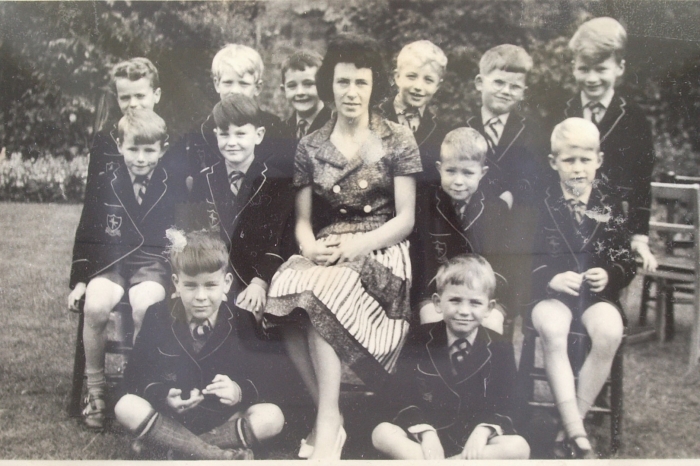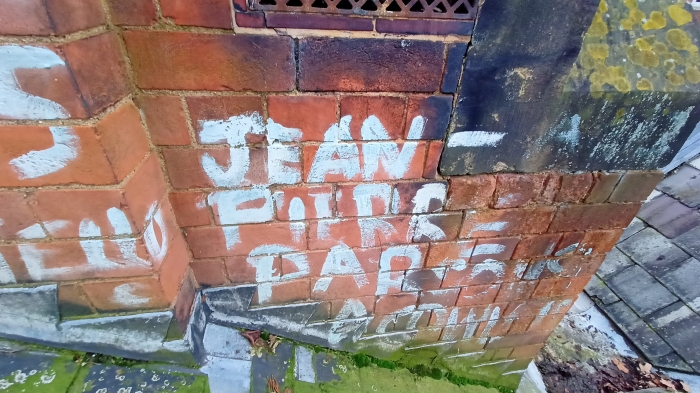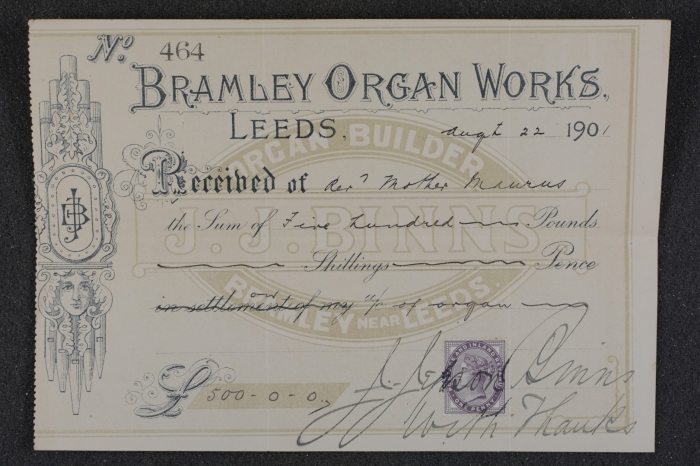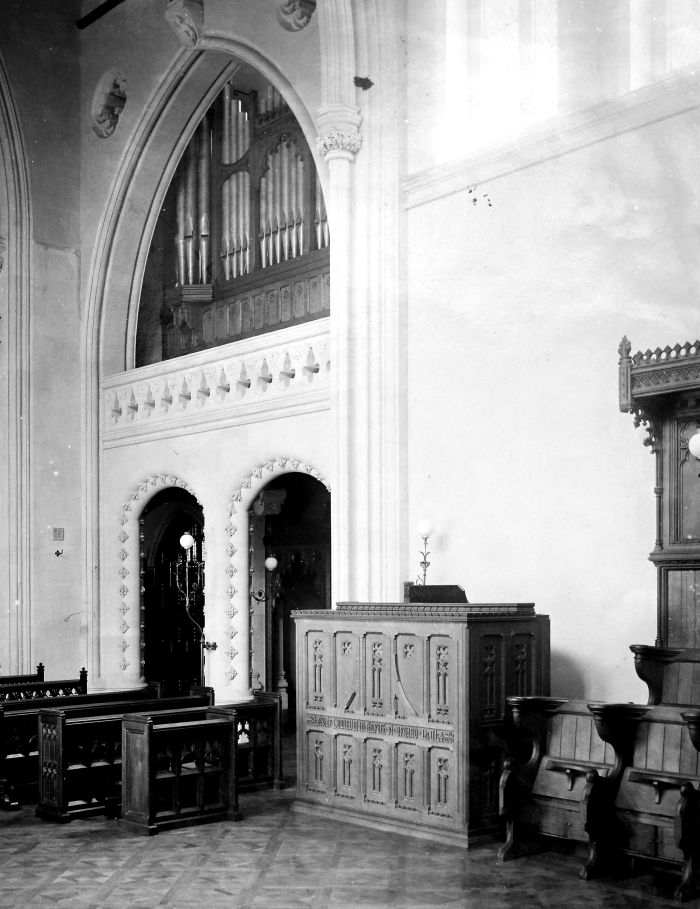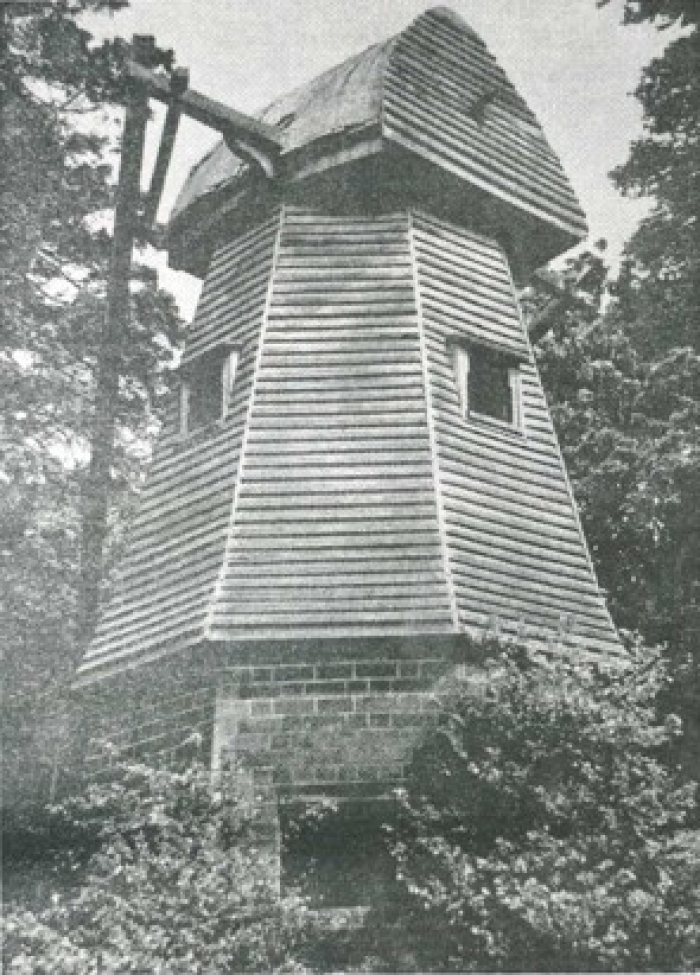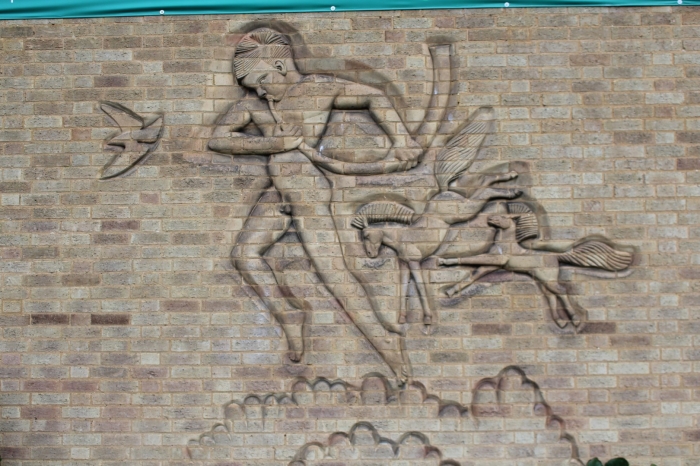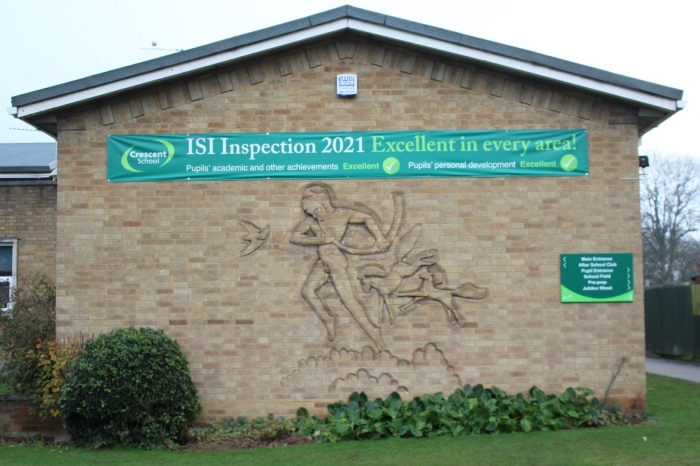The renowned Princethorpe Binns’ organ located in Our Lady of the Angels Chapel was purchased and installed in 1901. It was procured from and built by James J Binns, of the Bramley Organ Works, Leeds, and the original receipt shows it was purchased for £1,199-1s-3d.
In the Foundation Archives we have a fascinating insight into the numerous letters that were written between Peter Paul Pugin and Sister Procurator of the Priory regarding the organ construction and the delay in placing the organ. An extract from one of the letters says:
30 March 1901
...."it is all nonsense Binns saying the organ would be finished long ago if he had had a design for case. I sent him the design for case with full working drawings which he never acknowledged. He could have worked on it at once. The console is quite a separate affair. When I see Binns I will give him a bit of my mind. I was not at all extravagant in the design for the case and a tracing of it is now enclosed which you will kindly return after M Prioress has seen it. I will send on details of console as soon as I can!"
When originally constructed the organ was powered by water. A large water tank was situated in a room in the Tower, and this provided hydraulic pressure (by gravity) to bellows which pumped the organ. The water settled in a tank under the engine house (now a garage) and was pumped up to the top of the tower by a Lister-Petter donkey engine which ran on petrol or paraffin. The hydraulically powered bellows and the colossal water pipes and valves are still in place.
The console was moved from adjacent to the south transept to the gallery around 1908 to make way for a statue of St Peter which was gifted that year. The photo attached is dated 1905. You can also see the acetylene gas mantles in this picture. This statue was subsequently taken by the nuns to Fernham when they left St Mary's Priory in 1965.
A 3-phase electric blower was fitted by the British Organ Blowing Company from Derby in 1953, shortly after electricity was installed at the priory by Lee-Beesley of Coventry. Prior to this, the chapel and school building had been lit by acetylene gas which was made on site.
In a letter to the College dated 1975 from a partner at an organ builder who had been in to survey the organ, it was described as “A very fine example of its type. It is well voiced, generously planned and of excellent workmanship throughout.”
By 1983, when Hugh Page first encountered it, the organ was virtually unplayable as much of the action and leatherwork had perished and six stop slides were completely jammed. Between January and June 1984 Hugh re-leathered some five hundred pneumatic motors and re-set the jammed slides, necessitating the removal of some four hundred pipes. He cleaned all of the pipes and carried out considerable work to reduce wind leaks. Hugh always loved coming to Princethorpe and the organ truly became his pride and joy. For the remainder of his life, he visited at least once a week to keep it all in working order.
His dedication to Princethorpe’s Organ is recognised in the College’s annual Hugh Page Memorial Organ Recital which takes place each year in June.
The rank of tuba pipes added to the choir organ, with electric action, were installed in August 2017 by Peter Spencer, as part of the Golden Jubilee celebrations.
The College repaired the Driving Motor and Fan Bearings at the cost of £3,200 in August 2023. This work was completed by Organ Blower and Humidifier Engineer, Stephen Lemmings of Derby.
The organ is registered on the National Pipe Organ Register here: https://npor.org.uk/survey/D03048 and the listing contains full details of the organ.
For the last twelve years the organ has been maintained by Bubbenhall organ builder Peter D Spencer.
Sadly, the organ bellows now need removing and releathering, having already been patched 20 years ago when wear and tear was evident through splits and leaks, and this will be a costly exercise.
Princethorpe’s historic organ constitutes an irreplaceable part of the College’s and the country’s national heritage, and we are keen for it to be preserved and restored. It has played its part in many services held in the Chapel and its sound will be immediately familiar to all Old Princethorpians.
We would be grateful for the support of the OP community with this important restoration project. If you would like to donate please visit here.
In the images:
The original position of the organ console is shown.
One of the original receipt for the purchase of the organ.
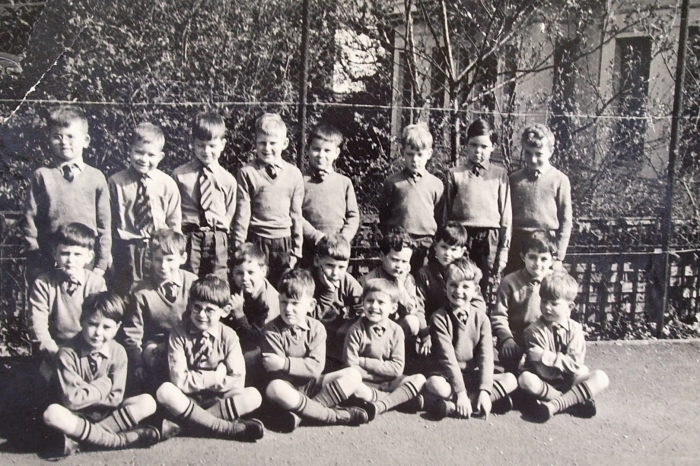 View Gallery
View Gallery
